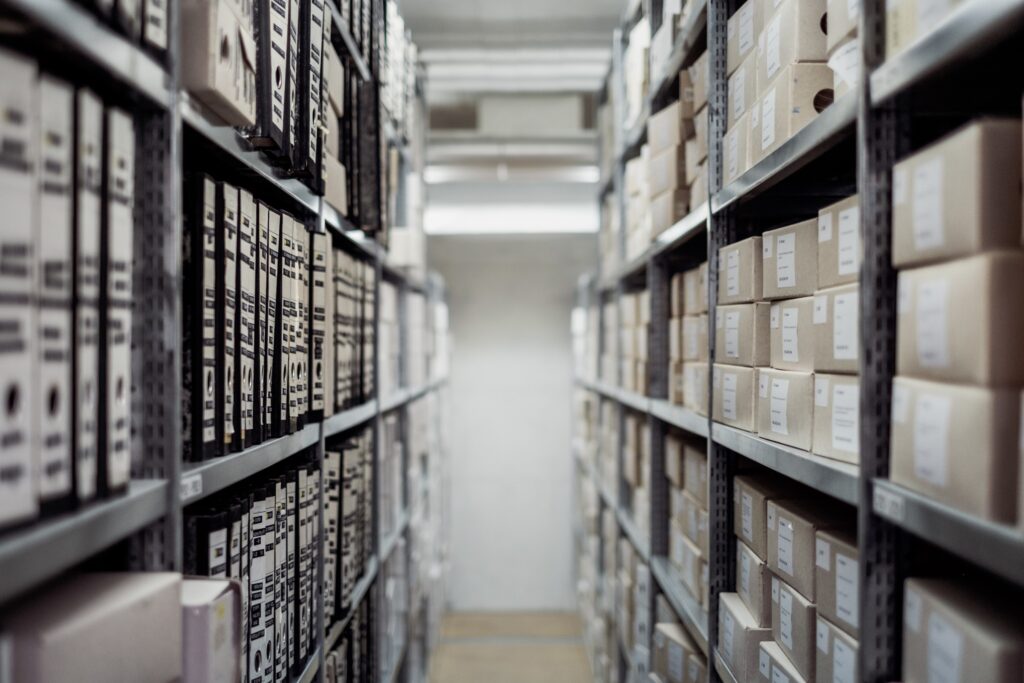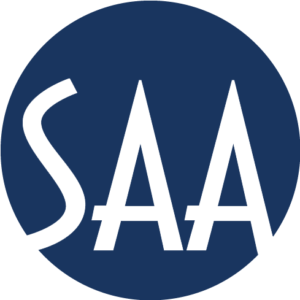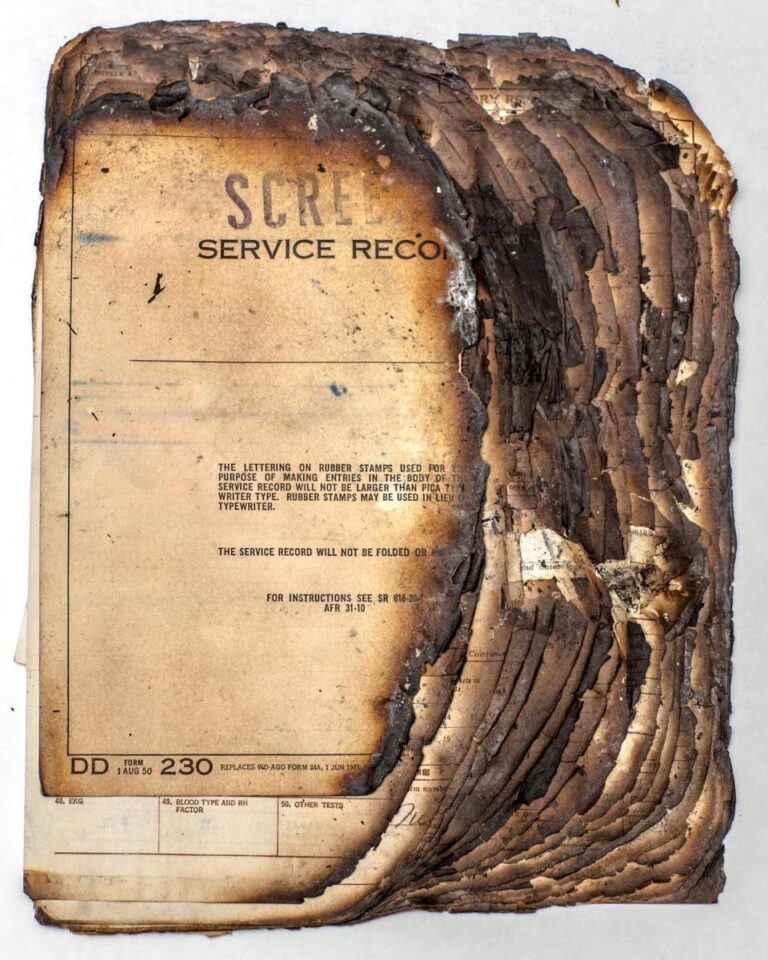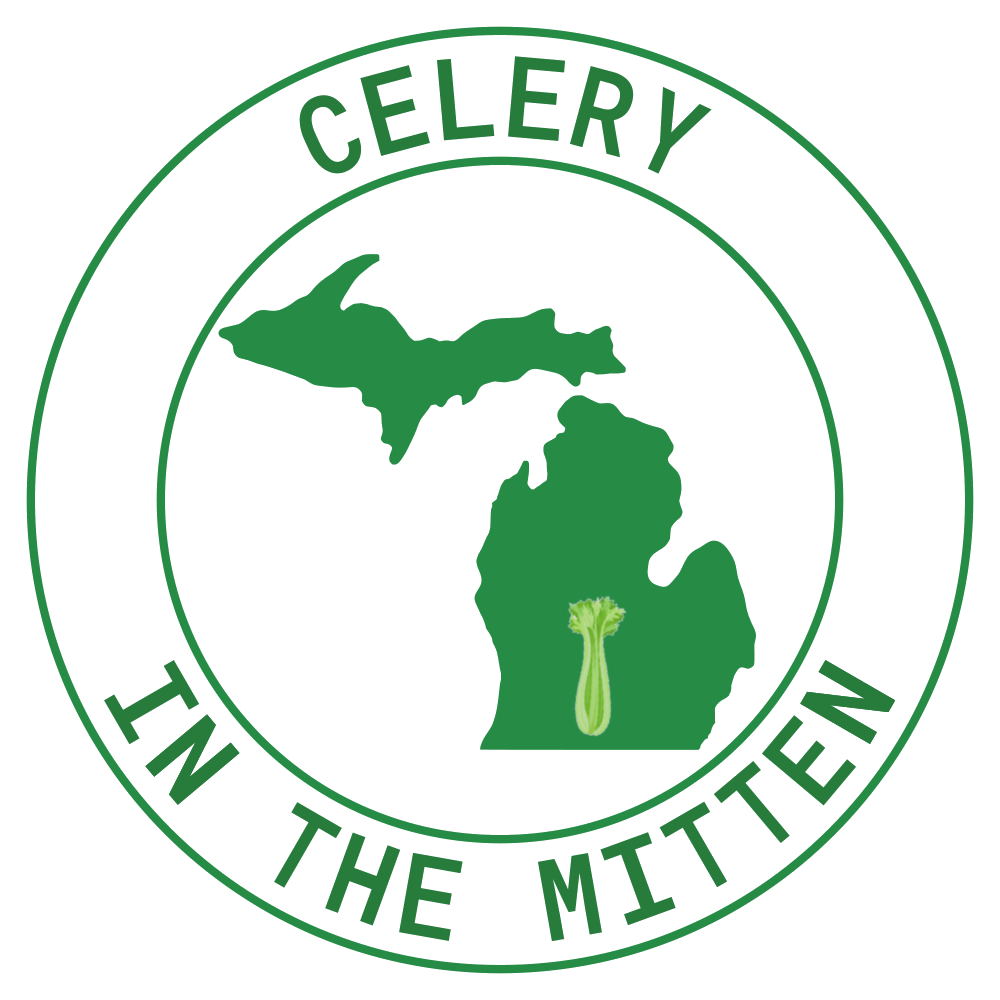FORMATION OF SAA GUIDELINES

Ensuring the longevity of archived records requires the use of proper preservation methods. In a 2005 survey of the Heritage Health Index on the State of America’s Collections, compiled by the Institute of Museum and Library Services, the survey found that of the archives, museums, and libraries “26 percent of institutions had no environmental controls to prevent heat, light, and moisture damage, half of which report[ed] damage to collections as a result (SAA, 2009, p.1).” Additionally, “59 percent lacked adequate storage space to house their collections ( SAA, 2009, p.1).”
Presently, the United States lacks official national guidelines or standards for archival facilities (SAA, 2009, p.3), specifically in the field of Archival site construction. This is stark contrast to a number of other countries, that have already established national guidelines (SAA, 2009, p.4). Great Britain established a national standard for archival facilities as early as 1977 (SAA, 2009, p.4). Australia, China, Finland, and France, all maintain national standards for either archival or records management facilities (SAA, 2009, p.4).
In noting these trends, the authors Archival and Special Collections Facilities: Guidelines for Archivists, Librarians, Architects and Engineers wanted to amend the status quo by providing a set of guidelines to help mitigate or prevent of archive records and archive facilities from being destroyed. The production of these the guidelines underwent extensive procedures. The authors sought the approval of the Society of American Archivists Council through a recommendation of SAA’s Standard Committee (SAA, 2009, p.4). The SAA subsequently created a Task Force on Archival Facilities Guidelines dedicated to researching and writing guidelines (SAA, 2009, p.4). The guidelines from the Task Force were shared with various members of the National Association of Government Archivists and Records Administration (NAGARA) and the Council of State Archivists (CoSA) (SAA, 2009, p.5). Drafts were also circulated to architects, archivists, conservators and construction specialists for comment and input (SAA, 2009, p.4) The SAA Standards Committee and the SAA Council conducted a final review of the document prior to additional approval.
Upon conclusion of the final draft, the SAA developed nine categories that are deemed to be important areas of focus to ensure the maintenance and longevity of archived records. These nine categories are:
- Building Sites
- Building Construction
- Archival Environments
- Fire Protection
- Security
- Lighting
- Materials and Finishes
- Storage Equipment and;
- Functional Spaces
Throughout this portion of the study, I will provide information regarding each of the guidelines as outlined by the SAA. The foundation of these guidelines will be applied and compared to the preservation methods of the Heritage Room.
Disclaimer:*It should be noted that the guidelines discussed in this study will be selected based on most archive facilities rather than all facilities. Some archive facilities referenced in the Archive and Special Collections Facilities text are based in facilities that would be considered rare (for example caves). For the purposes of brevity, the archive facilities guidelines are focused on those that the SAA deems to be necessary for preservation in regular buildings and in libraries.


In July of 1973, a fire destroyed 16-18 million records of official Military Personnel files that documented the history of those who formerly served in military service from 1912 to 1964 at the National Personnel Records Center (Lawrence, 2018). Establishing a set of Guidelines to protect archived records (in terms of the design of the facility and location of the archives records) may have helped to mitigate the damage or complete destruction of records such as this.
